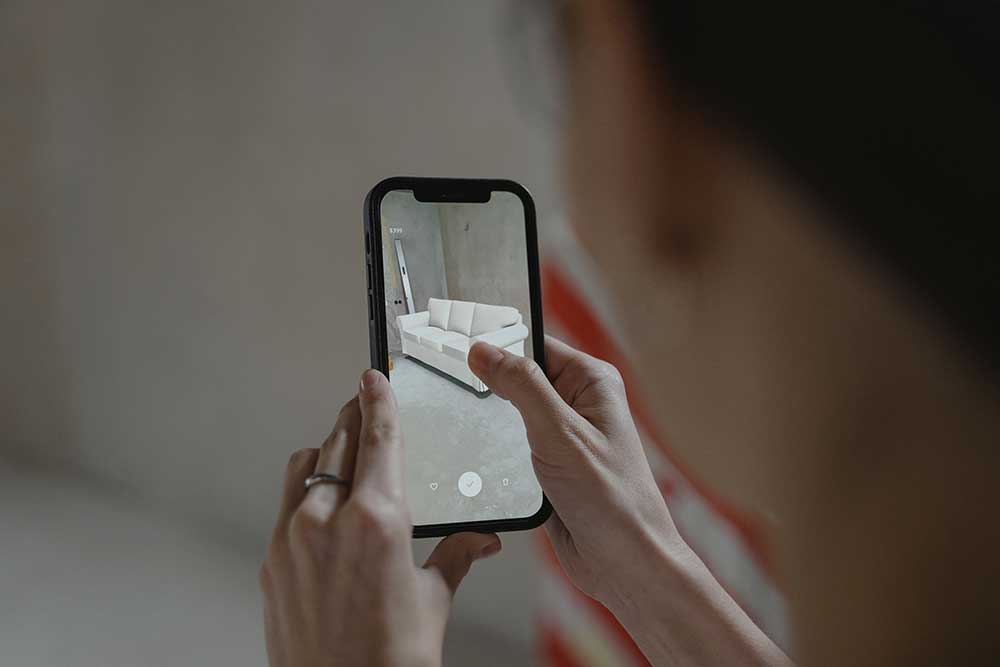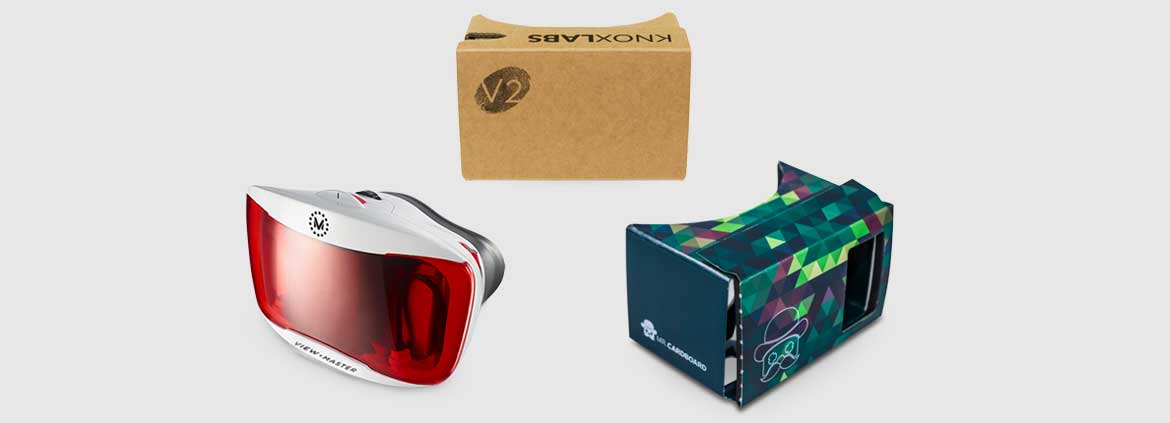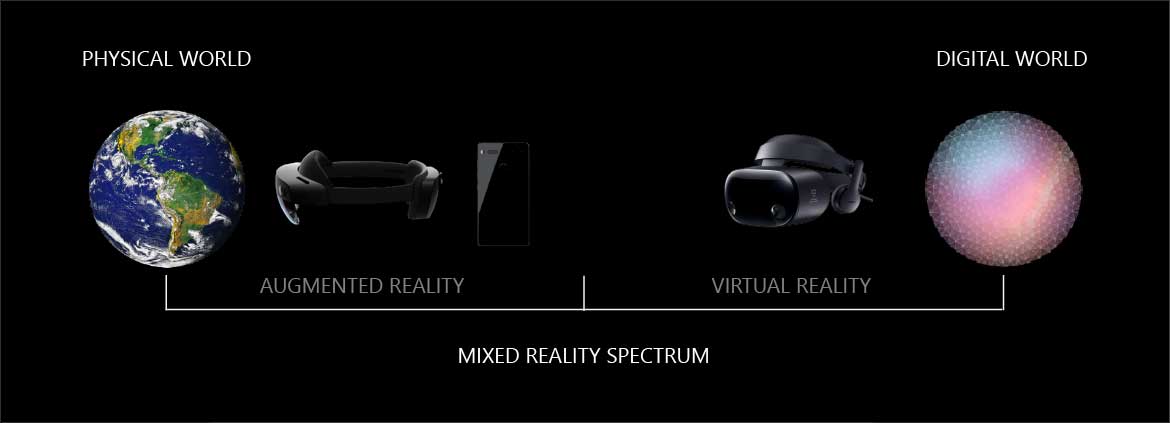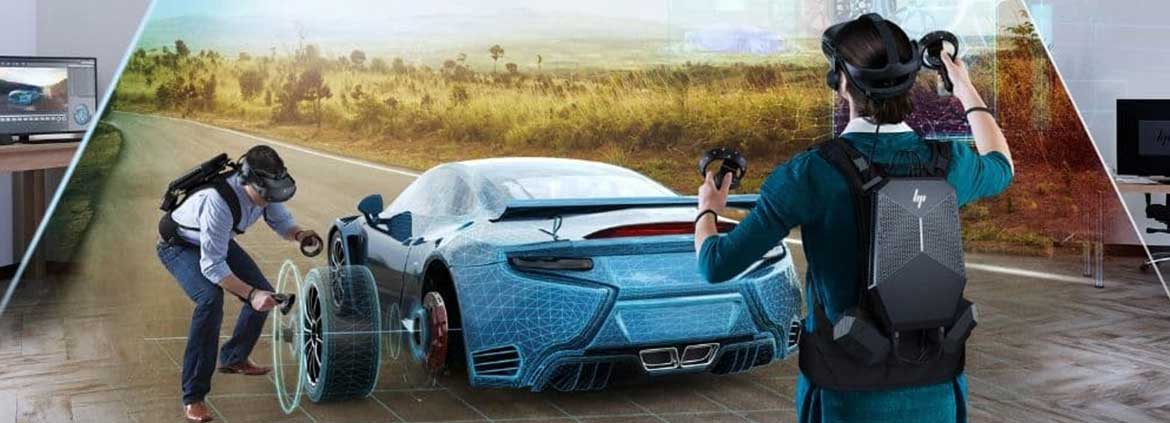What is Augmented Reality (AR)?
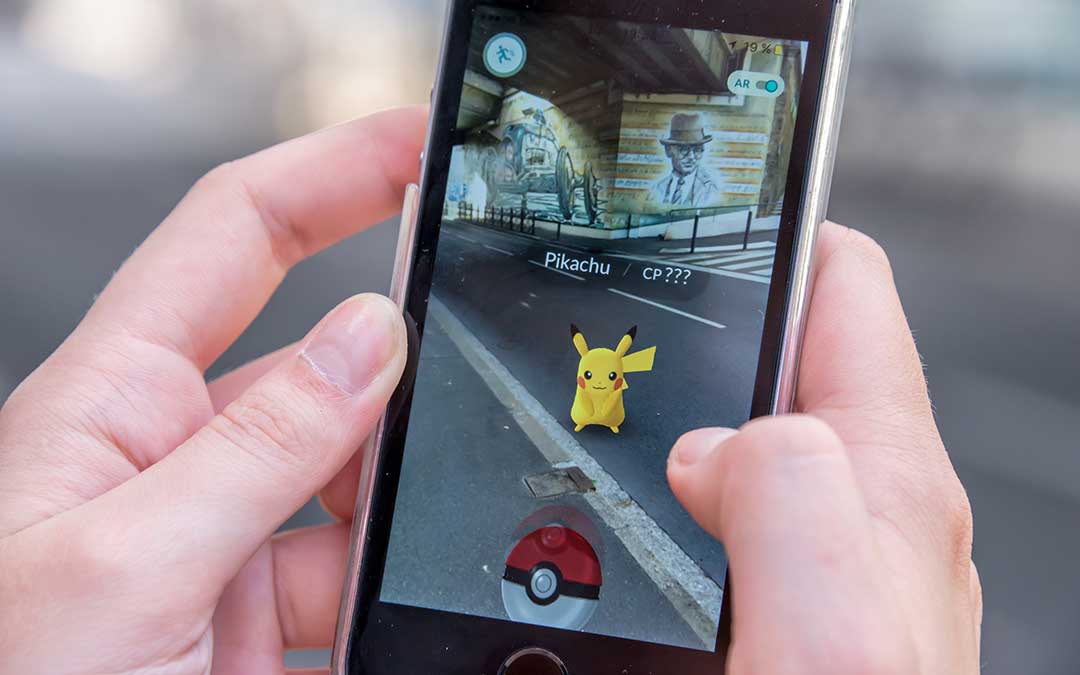
There’s no shortage of acronyms in the world of technology
But one that’s remained common over the last decade is AR or “augmented reality.” In 2016, AR got its moment in the sun when the Pokémon Go app swept the world, becoming an inescapable sensation played by 45 million users at its peak. By pairing GPS and AR, players could locate and capture Pokémon in real world environments from the sidewalk to a retail store to their own bathroom.
Since then, AR has taken off as people have found new and exciting ways of applying it to navigation, retail, and even surgery — and that’s just the beginning.

